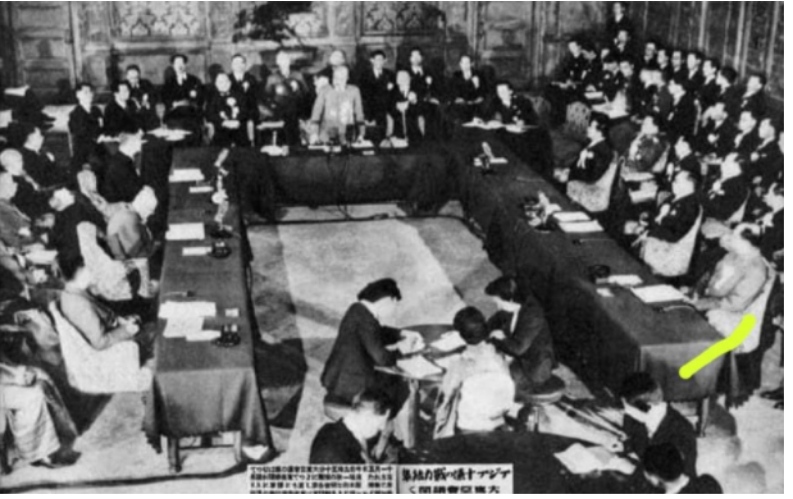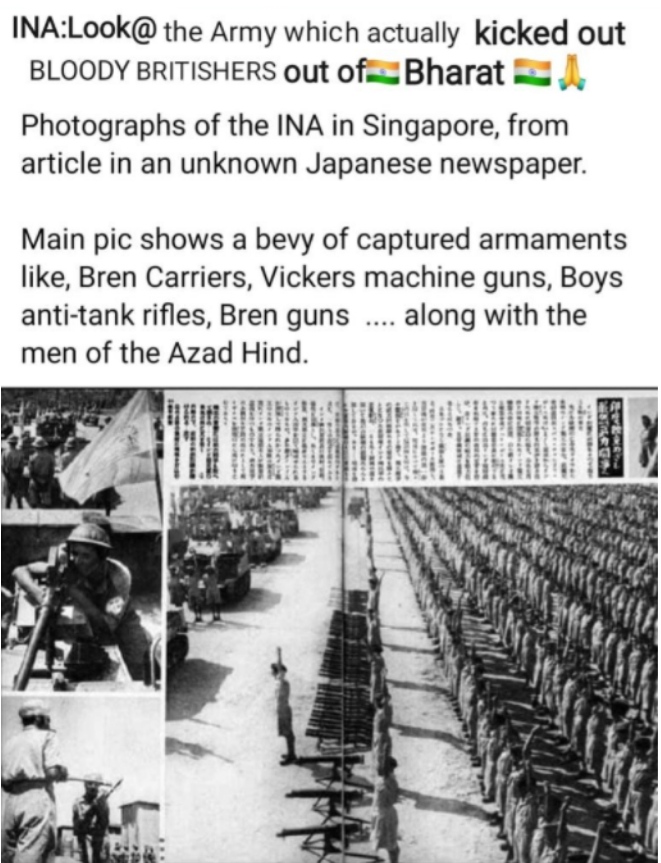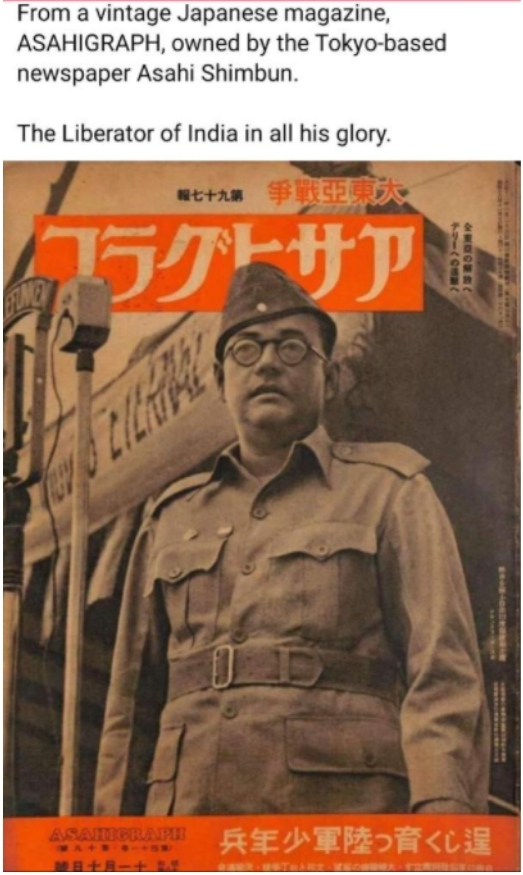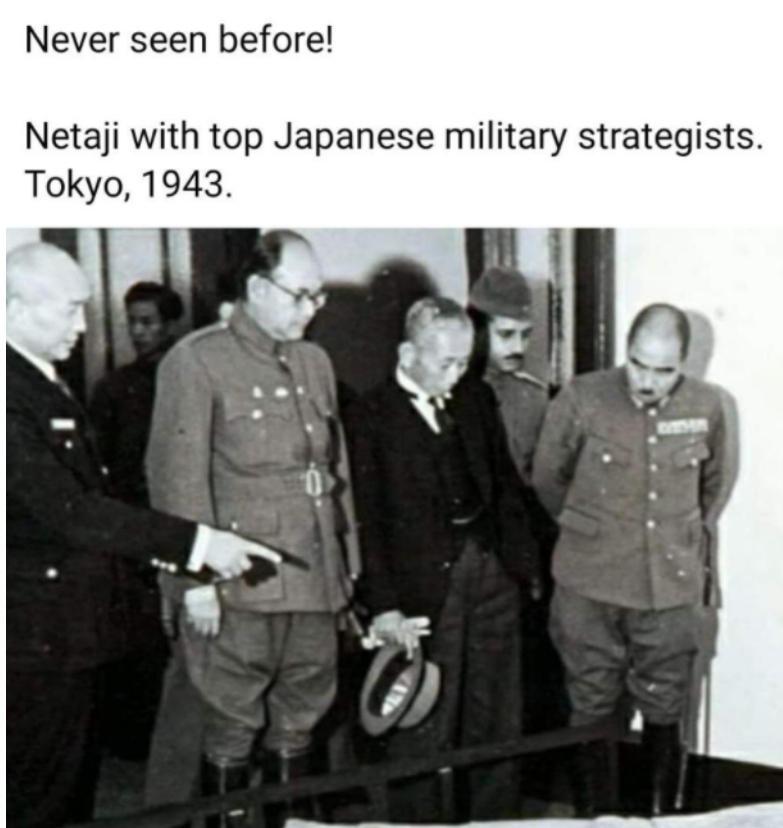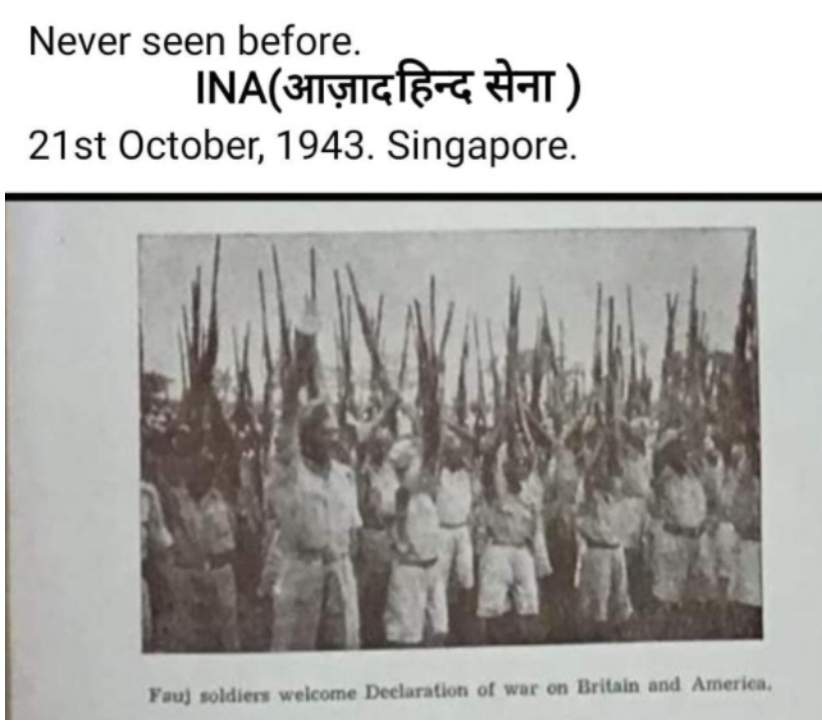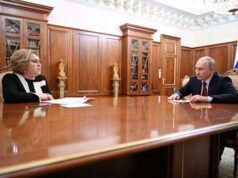Subhash Chandra Bose Fought For Azadi With Khadak And Dhal
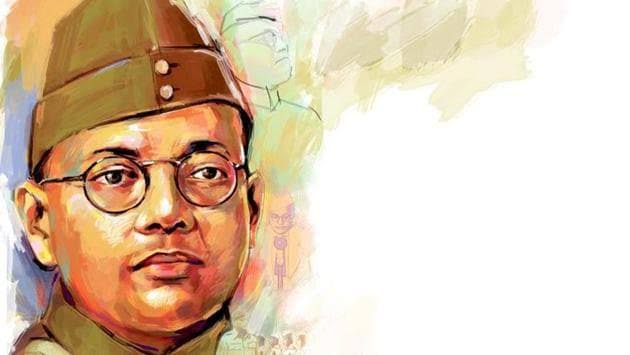
A Japanese manga (graphic novel/article) on Subhas Chandra Bose driving of British PM Churchill. This was published in a Japanese daily, Manga Mainichi in 1945.
Probably, the first Indian freedom fighter who appeared in a Japanese daily manga.
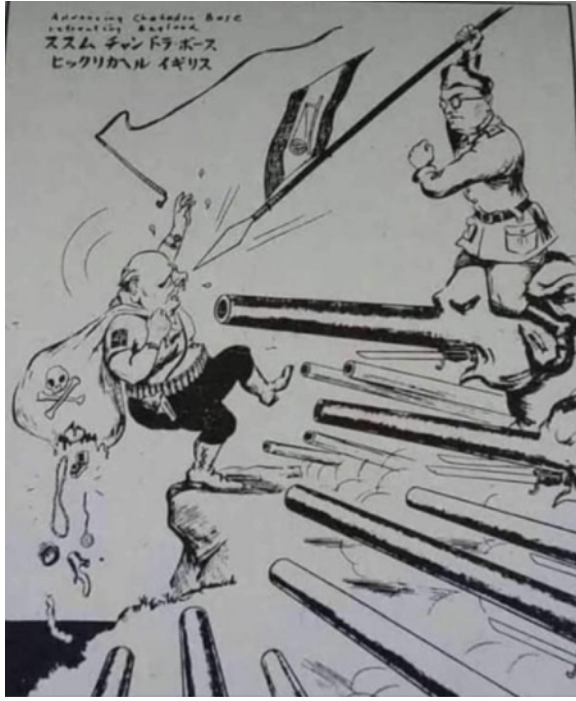
“All of Asia Has Taken up Arms.”
This collage of the different regional armies being formed throughout the Greateer East Asian Co-Prosperity Sphere to combat Western imperialism appeared on the second anniversary of the GreatEast Asia War.
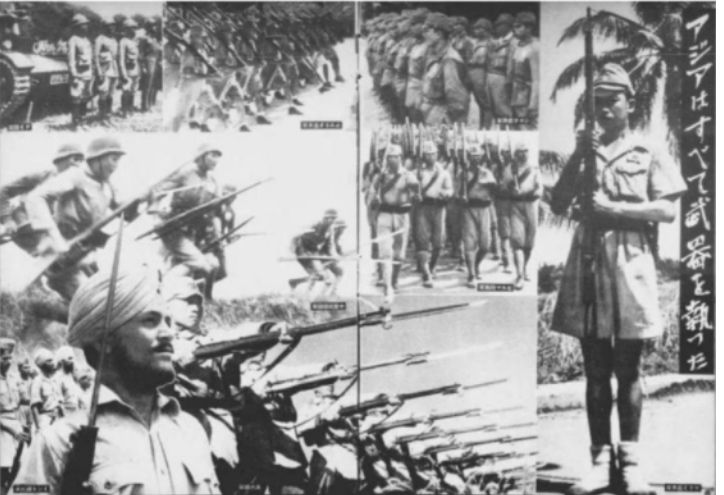
Why in 1946 the British decided to leave India?
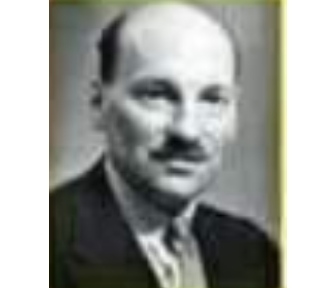
Naval Revolt 19 Feb, 1946
….. “(19th Feb 1946 Morning the Revolt – in the same evening he states in House of Lords that a Cabinet Mission was to be sent instantly to India for settling terms of India’s independence with her leaders)”….
Replies Lord Attlee, then Prime Minister of England: “It was because of wartime activities of the I.N.A., Naval Revolt, the widespread unrest in the Indian Armed Forces and NOT IN THE LEAST because of 1942 Quit India Movement of Mahatma Gandhi.”
An extract from a lette written by Mr. P.V. Chakraborty, former chief justice of Calcutta High Court on March 30, 1976 reads thus:
“When I was acting as Governor of Bengal in 1956. Lord Clement Attlee, who was the British Prime Minister in postwar years and who was responsible for India’s freedom, visited India and stayed in Raj bhawan, Calcutta for two days…” I put it straight to him like this: “The Quit India Movement of Gandhi practically died out long before 1947 and there was nothing in the Indian situation at the time, which made it necessary for the British to leave India in a hurry. Why then did they do so?”
In reply, Attlee cited several reasons, the most important of which were the I.N.A. activities of Netaji Subhas Chandra Bose, which weakened the very foundation of the British Empire in India and the RIN Mutiny which made the British realize that the Indian armed forces could no longer be trusted to prop up the British. When asked about the extent to which the British decision to quit India was influenced by mahatma Gandhi’s 1942 movement, Mr. Attlee’s lips widened in smile of disdain and he uttered slowly, “Minimal”.
Subhash Chandra Bose inspecting target practice by Rani Jhansi Regiment trainees. Today is #Rani Lakshi Baii’s birth anniversary Folded hands
# Netaji125#Azadi Ka Amrit Mahotsav
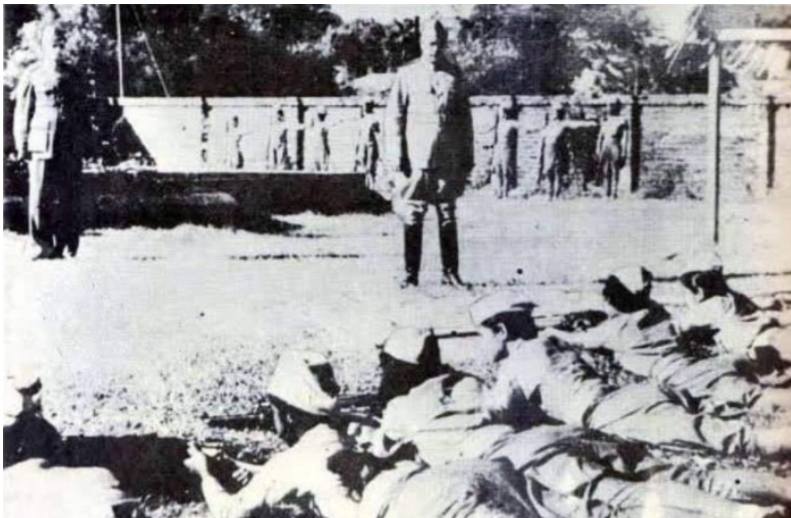
Pic Taken from Chinese book on WW2 in Burma
Netaji in consultation with the Imperial Japanese Army Officers.
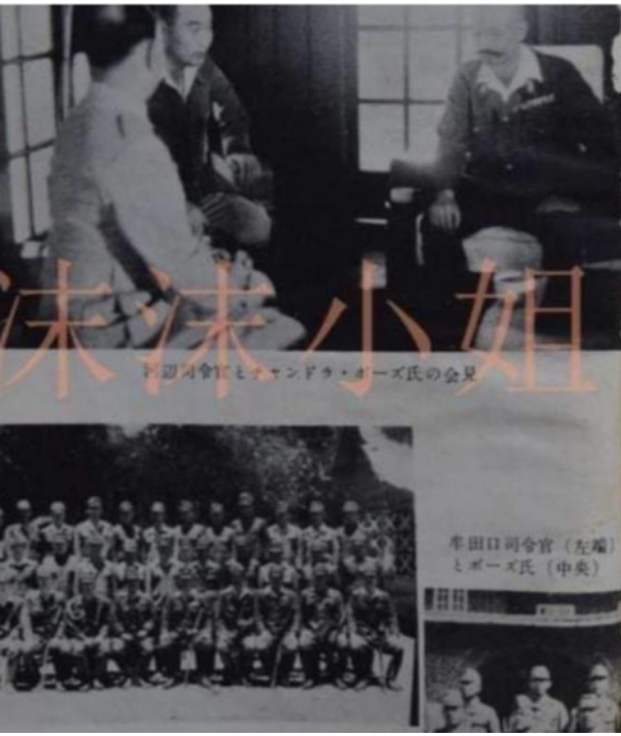
Netaji reviewing the INA, at Padang – Singapore 143.
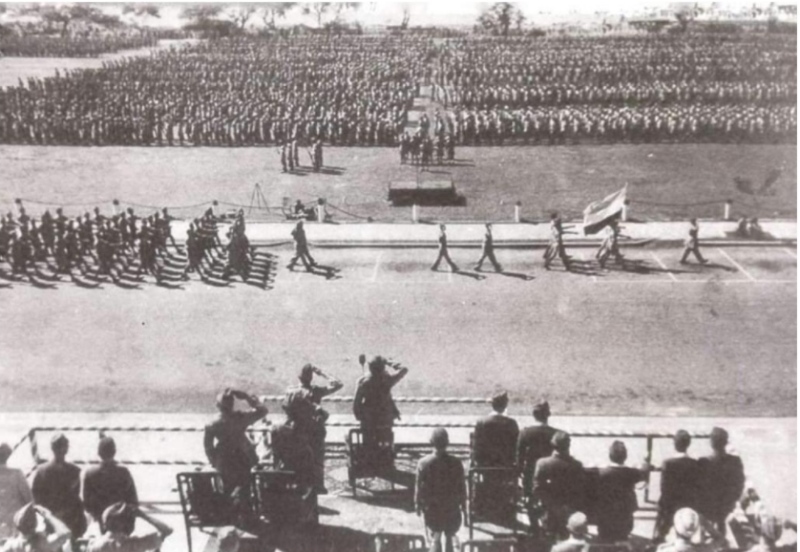
Rare pic of an INA soldier with a captured British 0.55 in calibre Boys anti-tank rifle
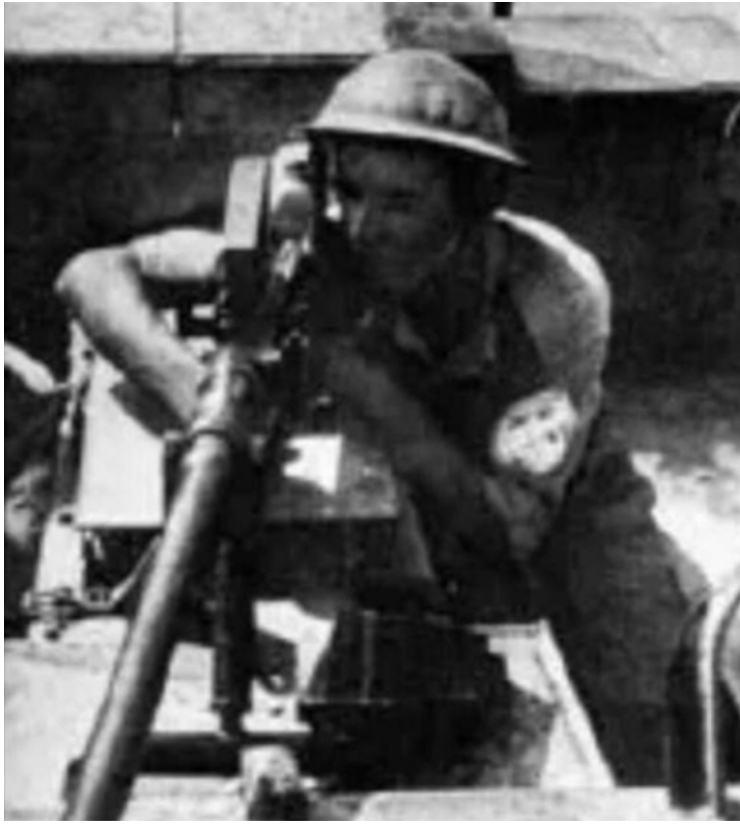
Representatives of each country of the
Greater East Asia Conference.
From the right His Imperial Highness Wang Waitayakon of Thailand, Direct of the Republic of China (Nanjing Government) Wang Jngwei, Kazuo Aoki, Prime Ministrer of the Republic of China Zhang Jinghui, Foreign Minister Shigemitsu Aoi, President Laurel of the Philippines, Prime Minister Ba Mau of Burma (at that time), India’s Chandra Bose.
Headquarters: Tokyo, in front of the Capitol Date: November 4, 1943
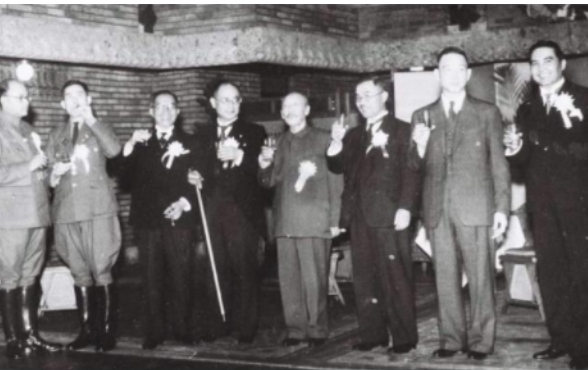
Photo collection of the INA at the Shangahi Training Camp, 1943.
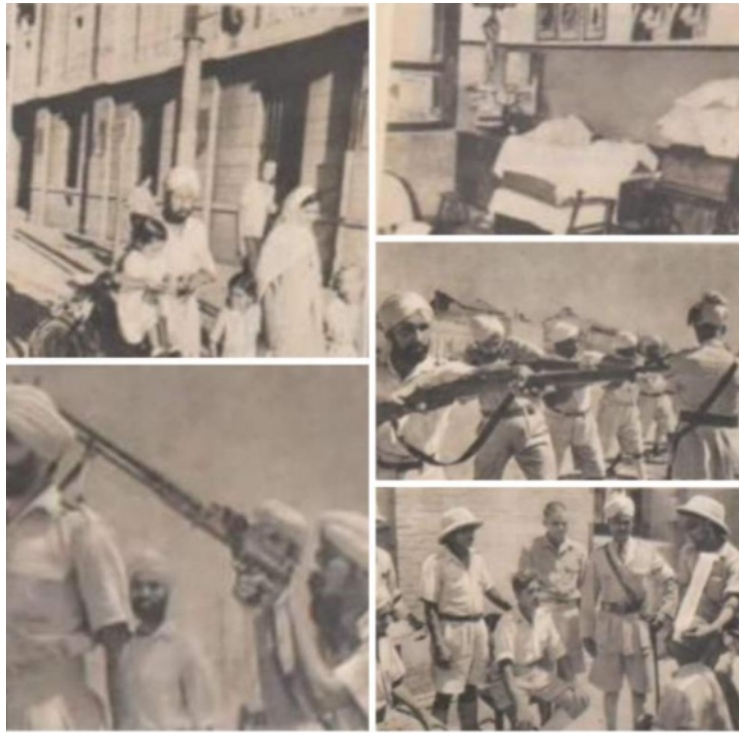
Netaji in Germany , 1942
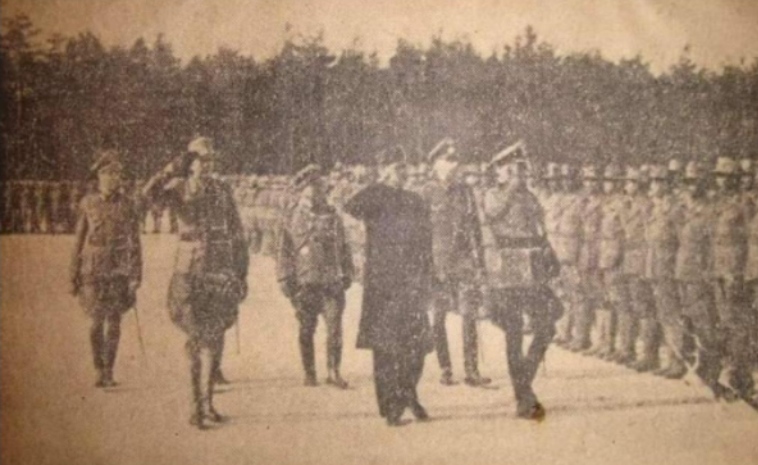
Netaji Bose with the President of the pro-Japanese Chinese Nationalist Party, Wang Jingwei. Location Nanjing, China. November 1943.
‘Just giving it a thought. The “Dead Man” had left no stones unturned to relies his only dream of seeing his Motherland free of the British.
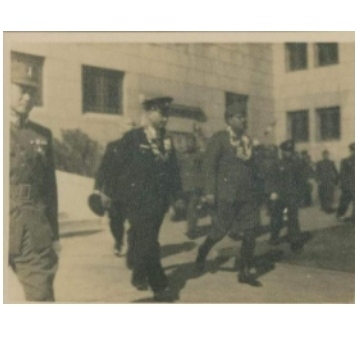
Super… Super exclusive! Never seen before!
Netaji’s arrival and reception with the entire crew of the Japanese submarine, I 29, at Sabang, Sumatra, 1943.
It’s the submarine which had docked close to the German Submarine ,U180, near Madagascar in the Ocean, to bring on board Netaji (6th from right, front row)…
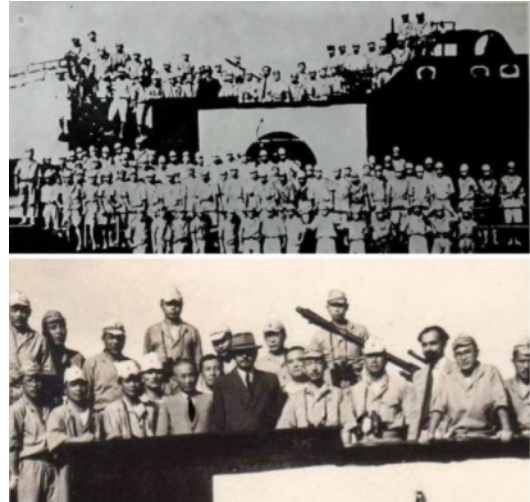
Not seen before!
Subhash Chandra Bose (Centre; white shirt and tie) during an Indian national Army programme, c.1943. the Japanese and Indian independence movement flag decorating the stage background.
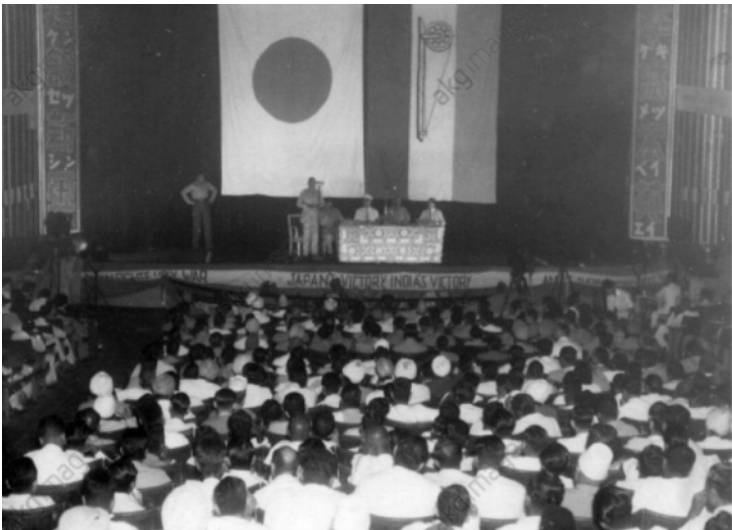
Simply the best picture
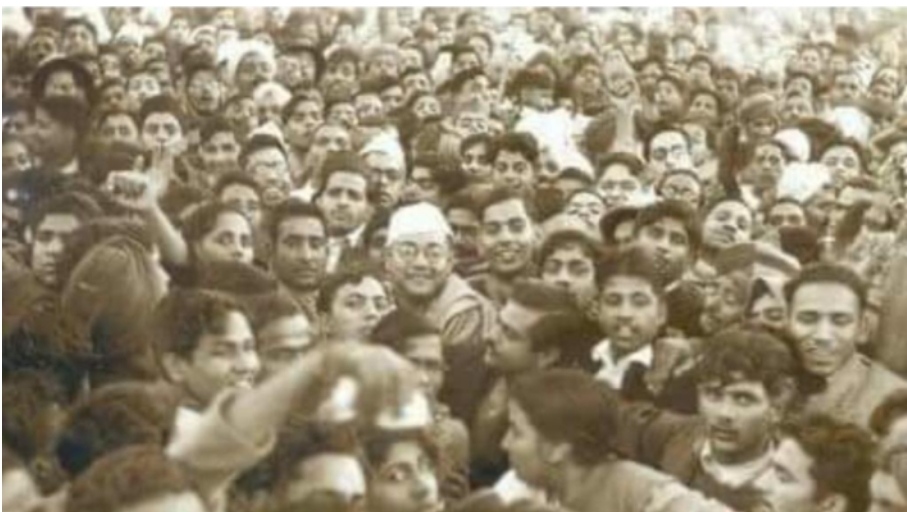
“INDISPENSABLE MAN”
By
Saxon White Kessinger
Sometime when you’re feeling important;
Sometime when your ego’s in bloom
Sometime when you take it for granted
You’re the best qualified in the room.
Sometime when you feel that your going
Would leave an unfillable hole,
Just follow these simple instructions
And see how They humble your soul;
Take a bucket and fill it with water,
Put your hand in it up to the wrist,
Pull it out and the hole that’s remaining
Is a measure of how you’ll be missed.
You can splash all you wish when you enter,
You may stir up the water galore,
But stop and you’ll find that in no time
It looks quite the same as before.
The moral of this quaint example
Is do just the best that you can,
Be proud of yourself but remember,
There’s no indispensable man.
Never seen before photographs of the Azad Hind Fauj.
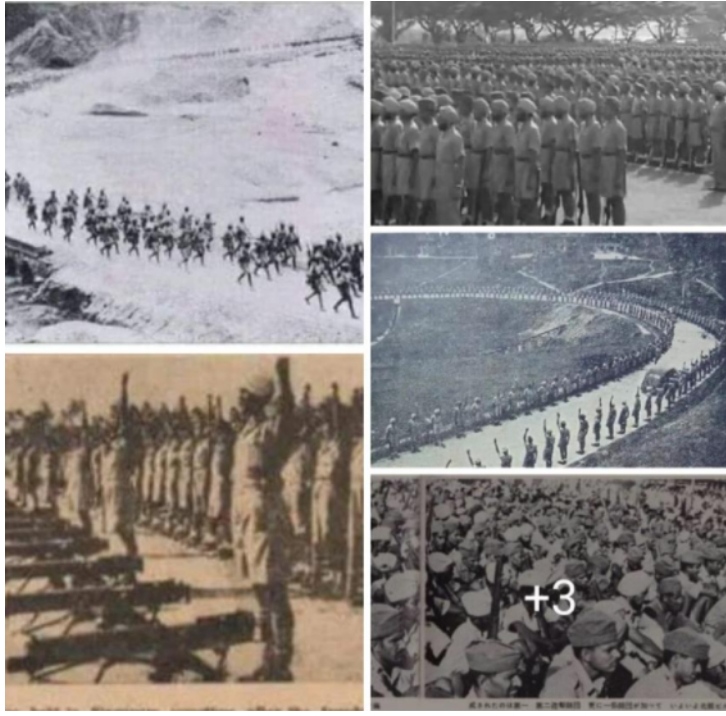
21st October, 1943.
Event held at Singapore, Netaji is seen saluting standing in front of the gallery.
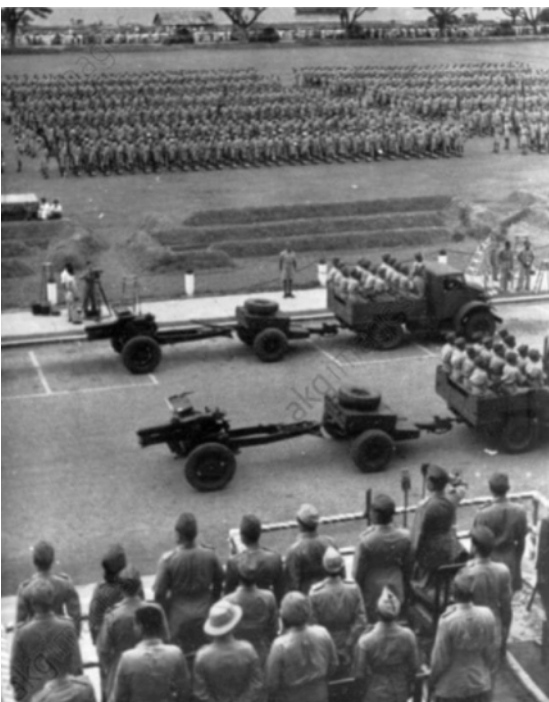
Probably, not seen before.
Netaji at his place of stay, Ross Islands, at the Andaman & Nicobar Islands.
Seen with him are other INA officers, Japanese Army and Naval staff…

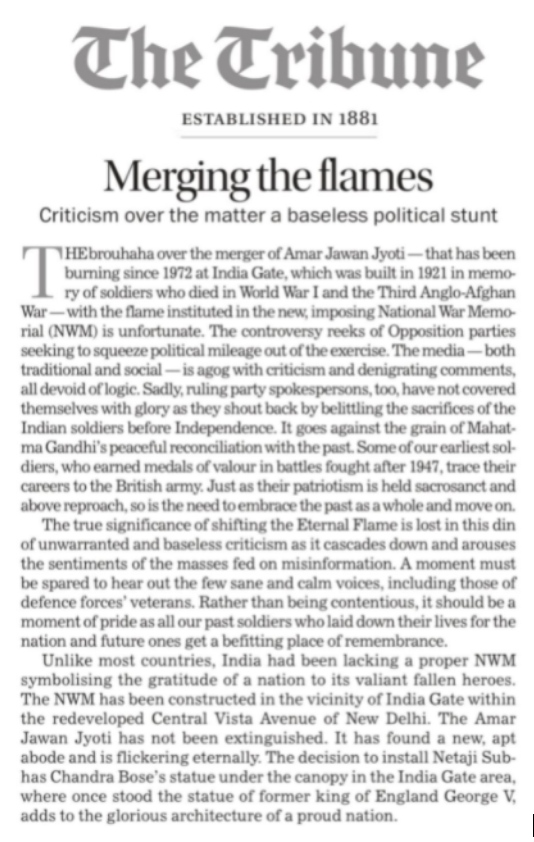
Never seen before!
The Greatest East Asia Conference in Tokyo November 1943.
Netaji is seen sitting on the right hand side.
Prime Minister Tojo, addressing the gathering.
